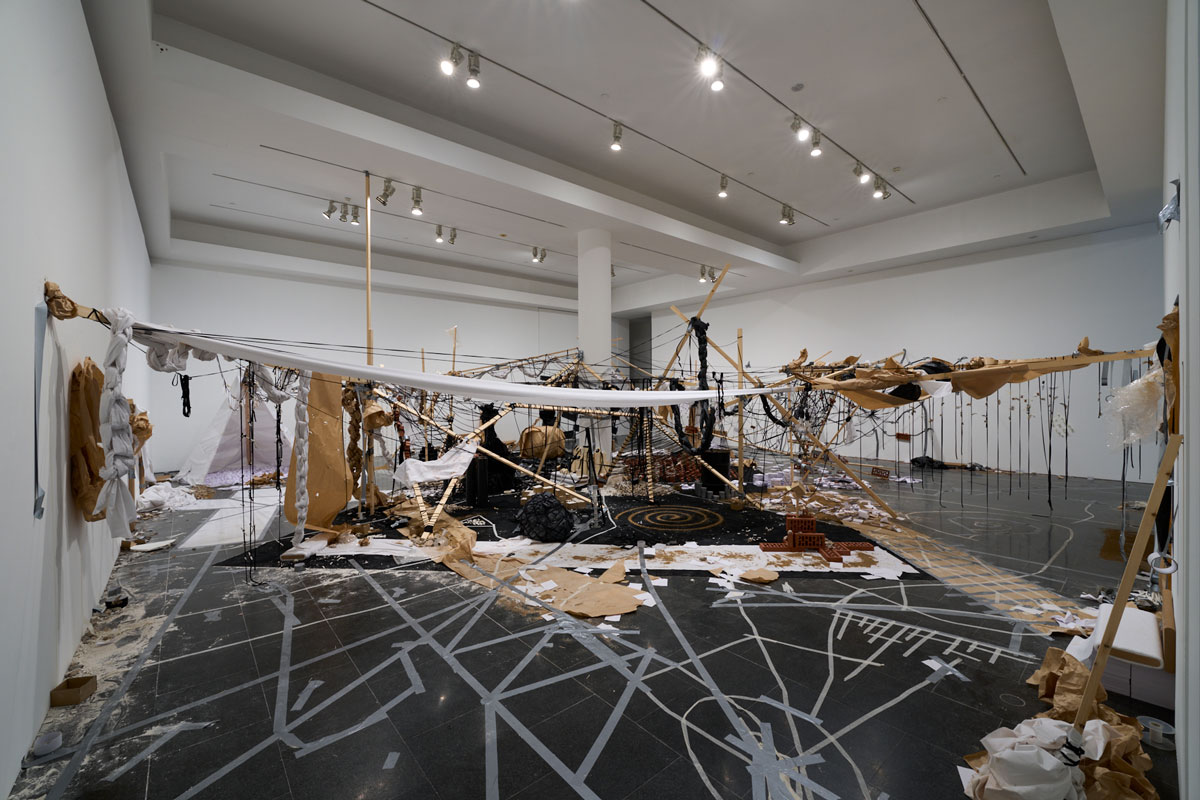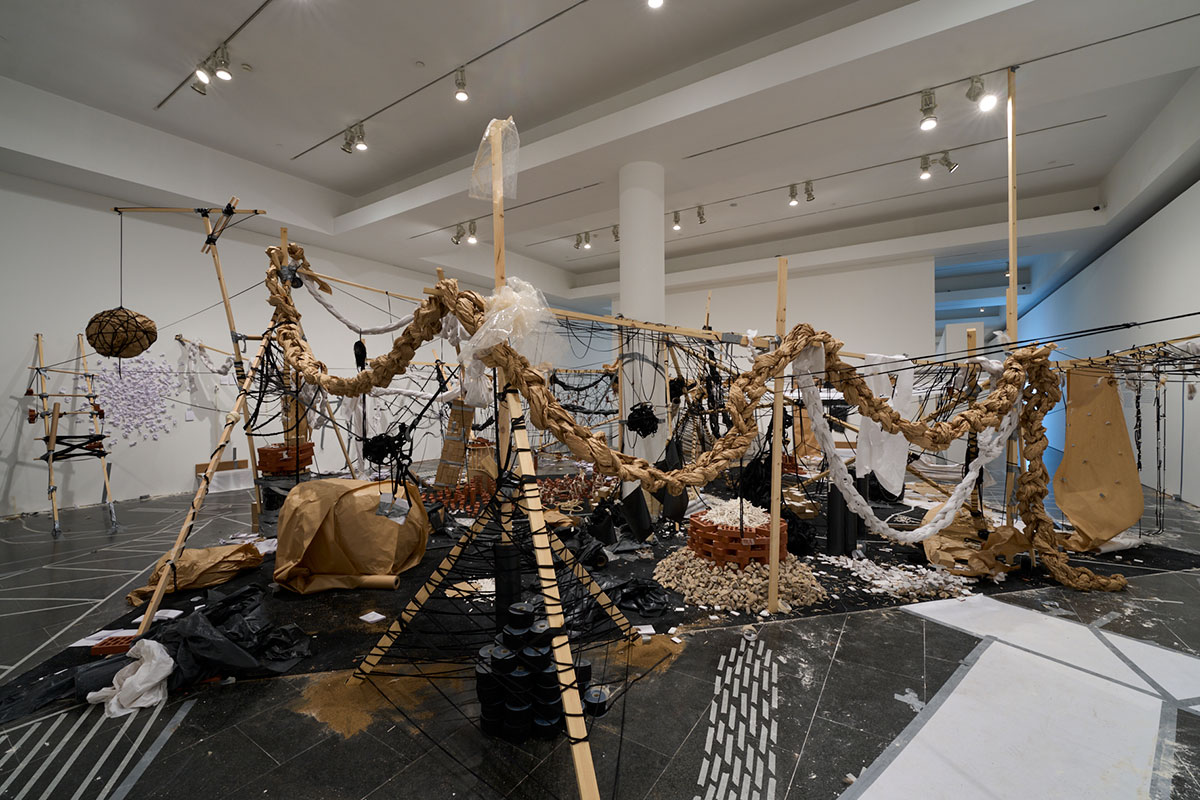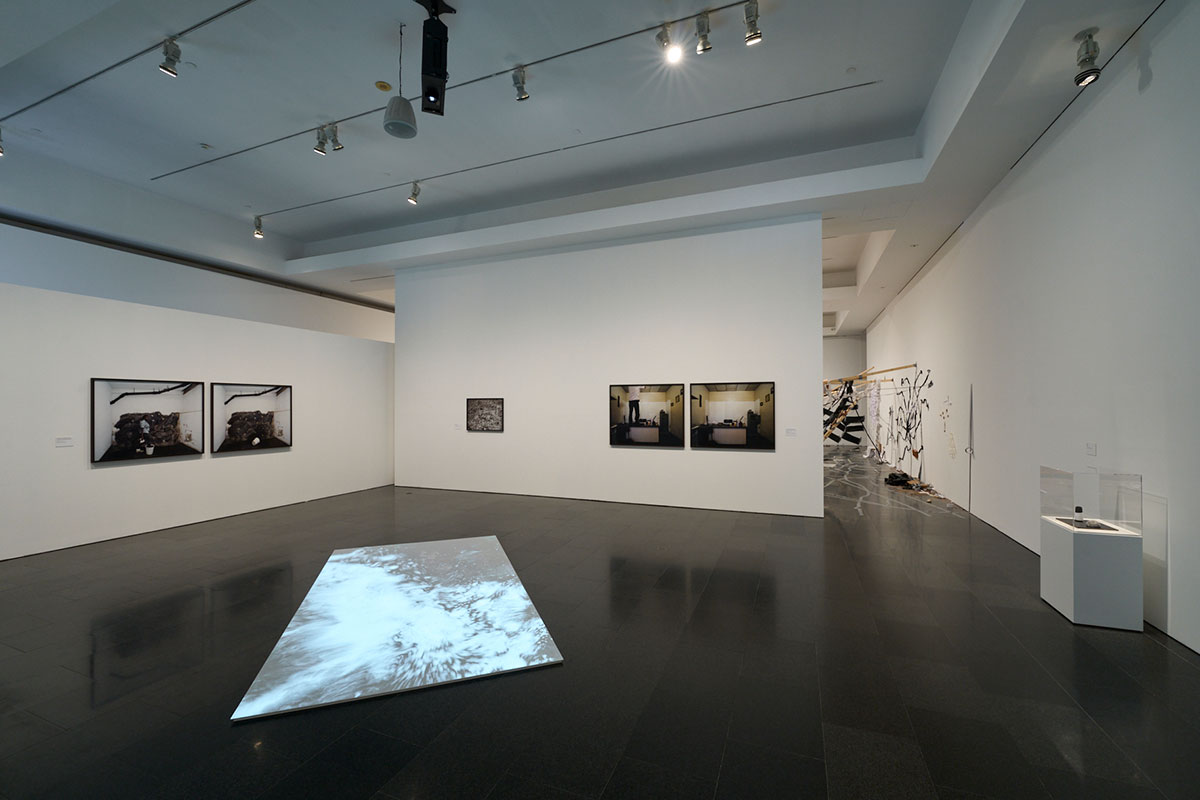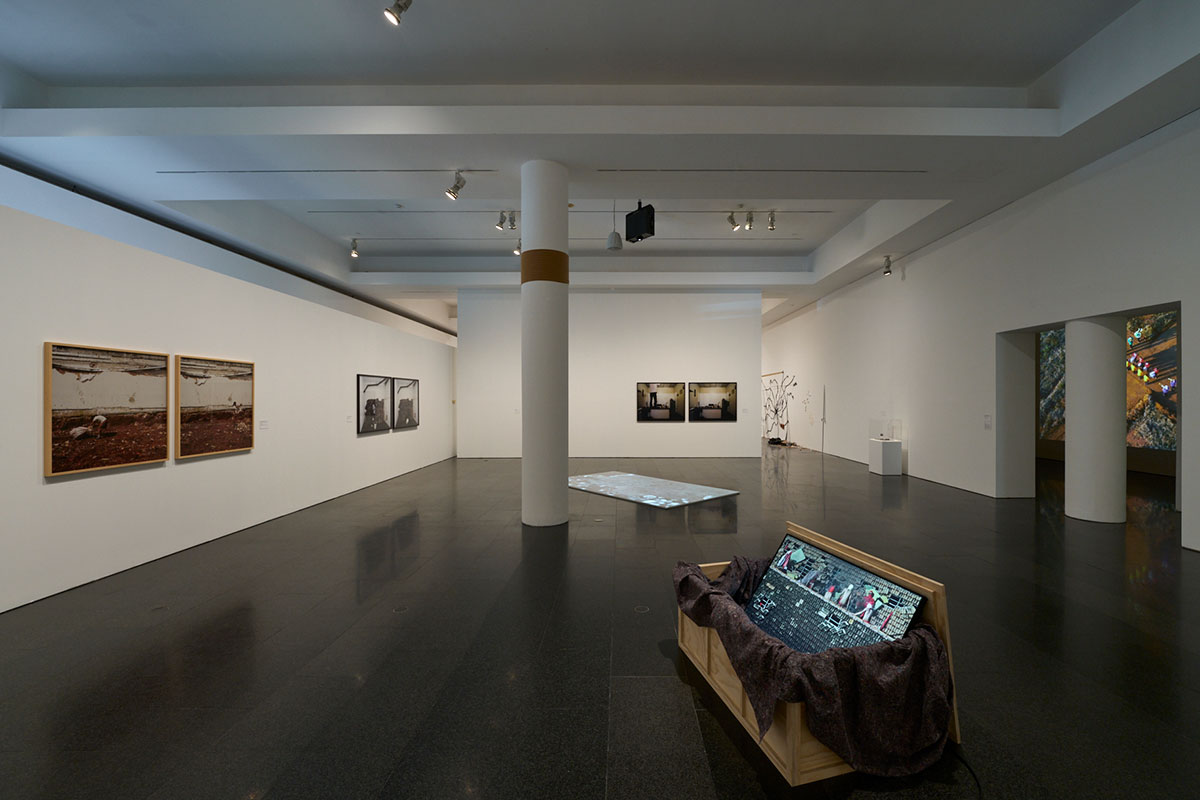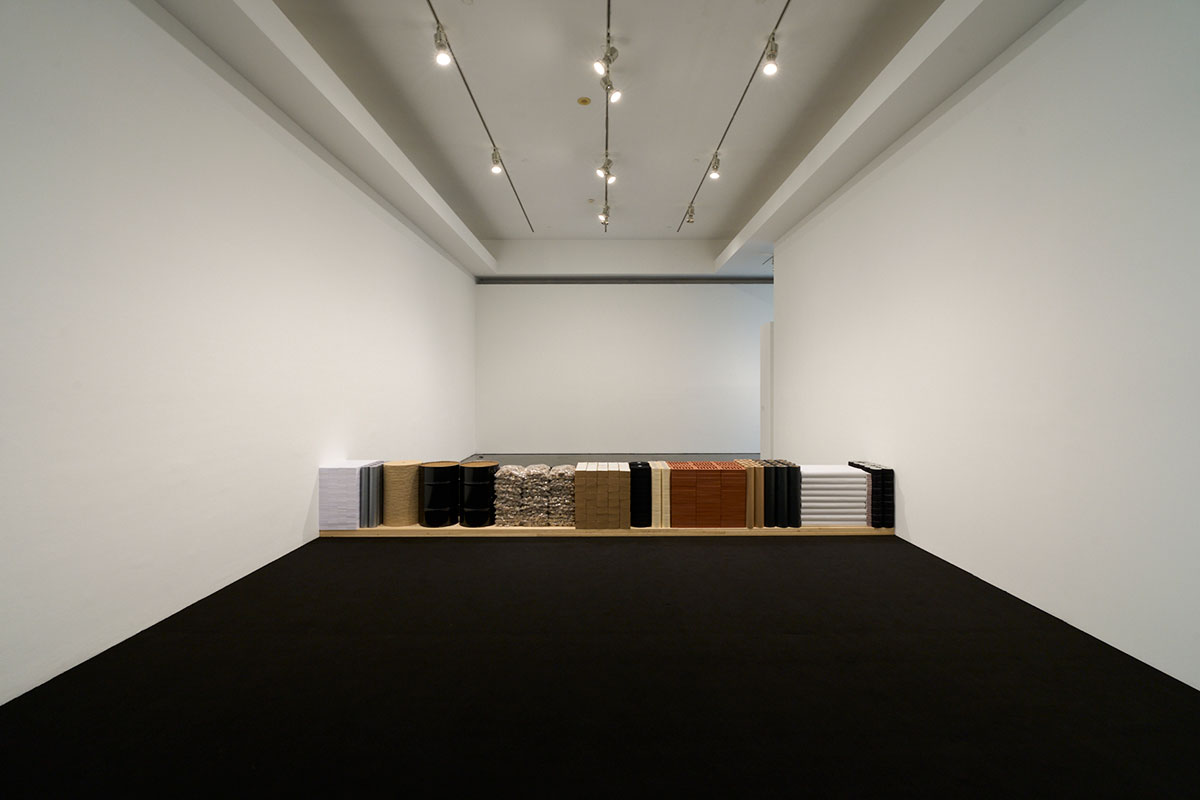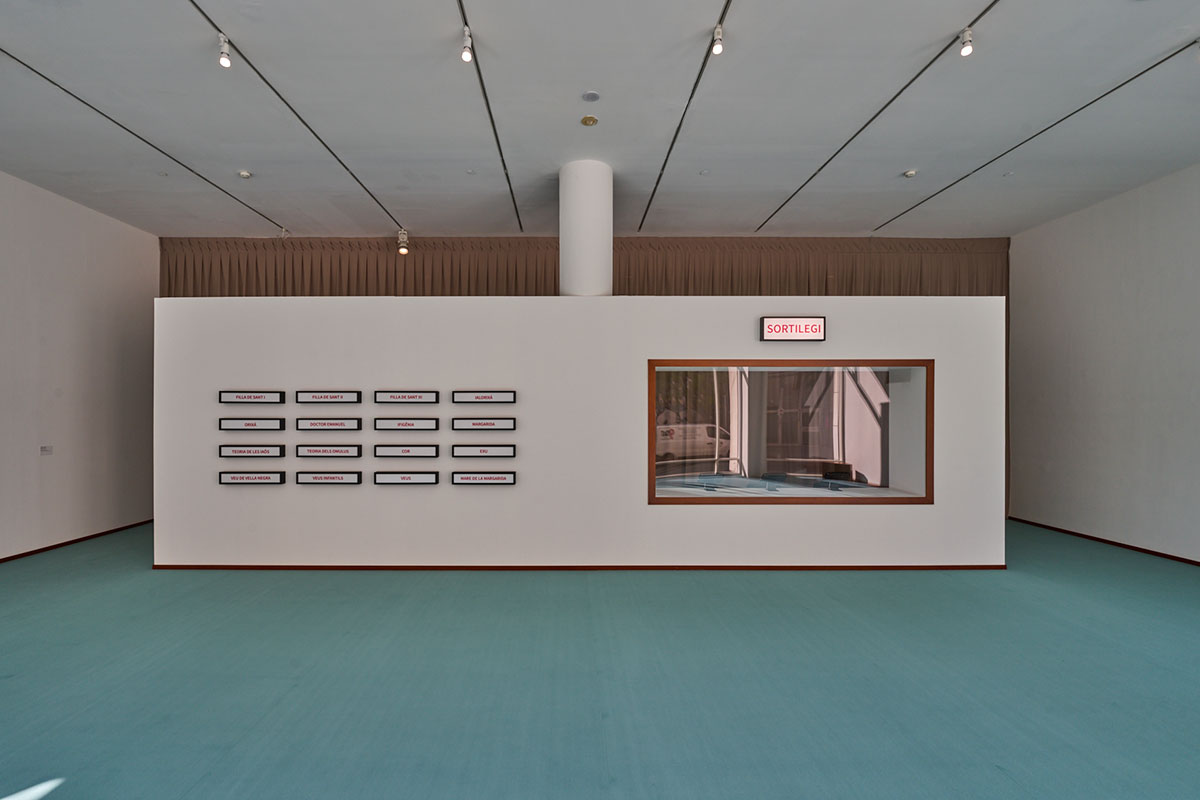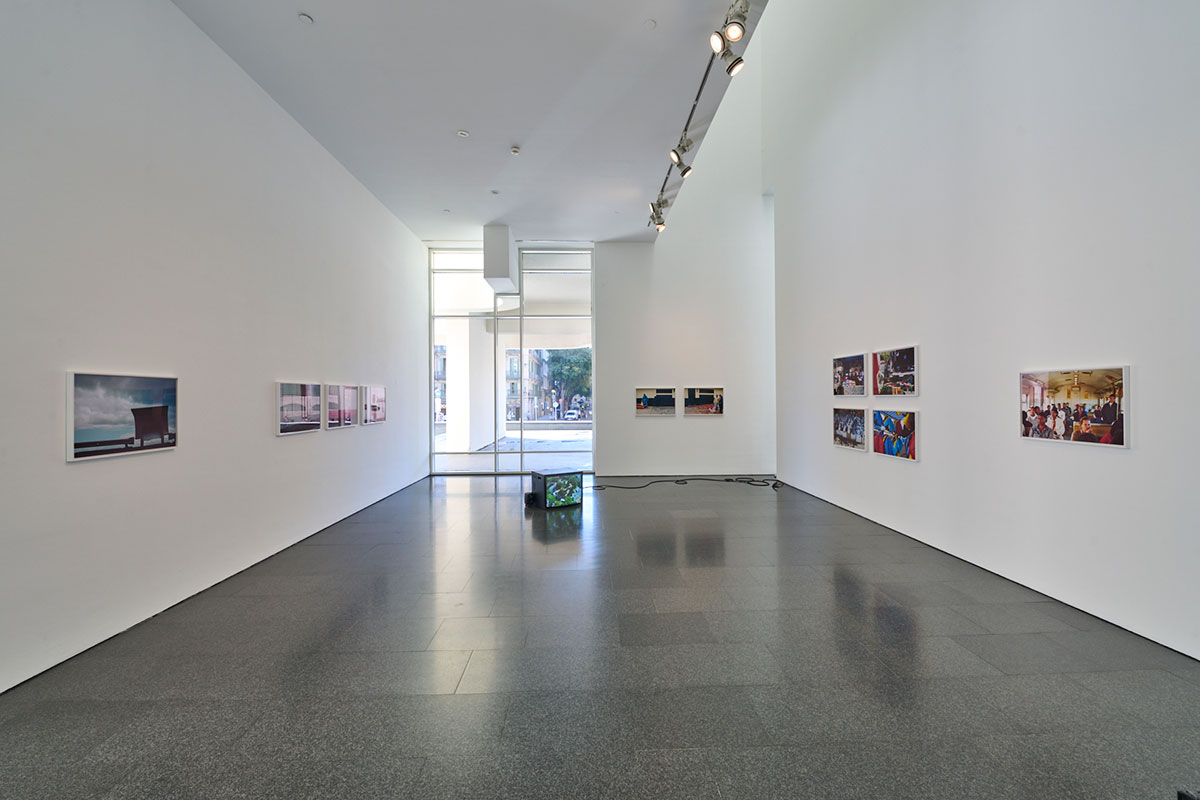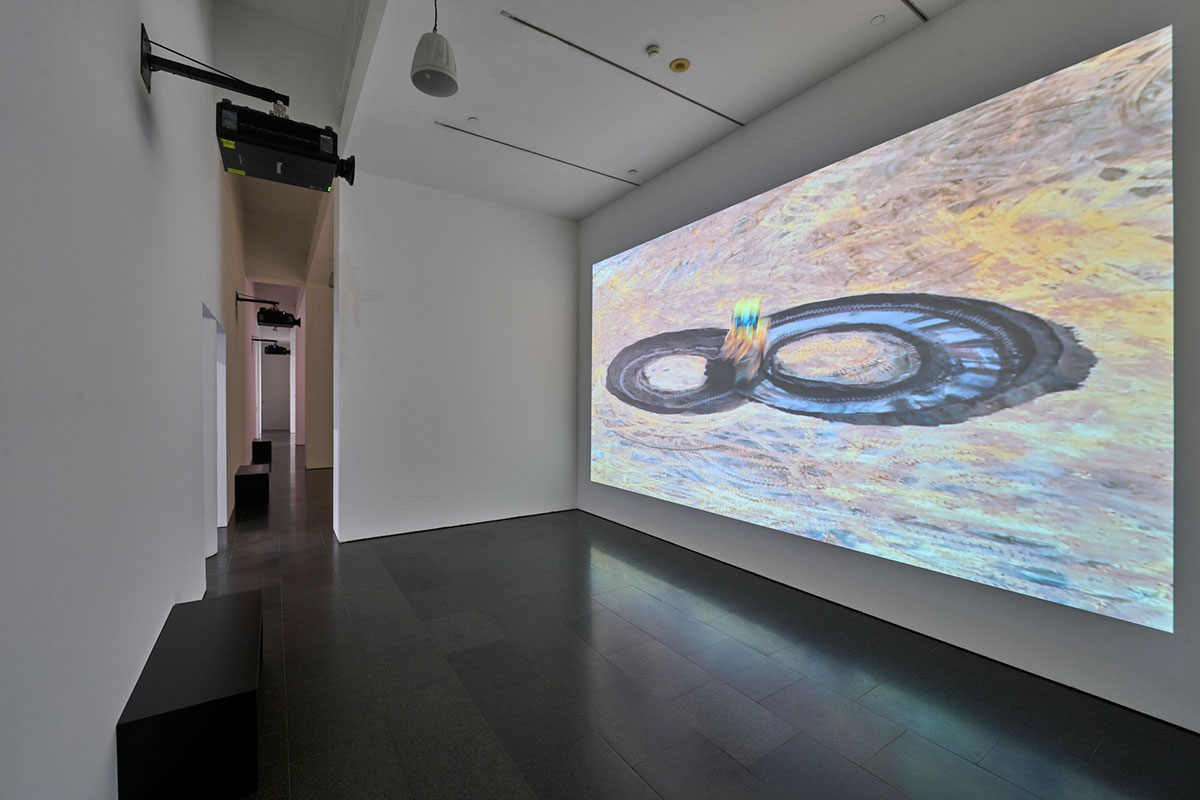PRESENTATION:Cinthia Marcelle-A Conjunction of Factors
 Cinthia Marcelle has often staged situations and performative acts in public spaces, interventions designed to transform quotidian actions into poetic events. Video and photography are her chosen artistic media of documentation. On several occasions, the artist has explored the ruin as an allegory of history divorced from any conception of beauty, drawing on Walter Benjamin’s understanding of history as a process of inexorable decline.
Cinthia Marcelle has often staged situations and performative acts in public spaces, interventions designed to transform quotidian actions into poetic events. Video and photography are her chosen artistic media of documentation. On several occasions, the artist has explored the ruin as an allegory of history divorced from any conception of beauty, drawing on Walter Benjamin’s understanding of history as a process of inexorable decline.
By Efi Michalarou
Photo: MACBA Archive
The exhibition “A Conjunction of Factors” in MACBA is the first survey worldwide of the work of Cinthia Marcelle. The exhibition includes works dating from 1998 to the present day and brings together photographs and films with subtle spatial interventions and two large-scale installations. The artist, who enjoys great prestige in the international art world, has created her own language from the everyday objects and materials – including earth, chalk dust and brick – that appear and reappear throughout her work. Marcelle’s interest in proposing new circuits by disrupting existing systems is reflected in subtle interventions as well as large-scale installations, films and photographs made in collaboration with people from diverse walks of life. The phrase “a conjunction of factors” is commonly used to explain how significant events occur – not because of a single cause but through an unpredictable interaction between multiple actors and forces. Emphasising Marcelle’s conjunctive approach to both practice and authorship, the exhibition features work produced as a solo artist, as a duo with Tiago Mata Machado and Jean Meeran, and in partnership with the online platform aarea.co. The exhibition draws attention to Marcelle’s established practice of engaging diverse participants, from workers and musicians to individuals she meets in daily life, in her artistic production. The actions they perform for photographs and on film lie between the staged and the spontaneous, appearing to be both fictional and entirely true to life. Combined with materials and colors that evoke specific contexts, the involvement and representation of others in her work alludes to the hierarchies of labour, class and race that pervade our daily interactions and the prevailing social and political order. Described by the artist as a ‘rupture’ in her practice, the two part-installation “The Family in Disorder” (2018) is pivotal to a new configuration of MACBA’s ground floor galleries, designed in collaboration with the São Paulo architectural practice. On entering, visitors tuning to the right encounter a dead end: a black-carpeted room divided by a neatly stacked barricade made of bulk quantities of the materials Marcelle commonly uses. Turning to the left, they find a large open area that contains a second installation – one made from the same materials by a group who were invited to occupy the space in Marcelle’s absence prior to the opening. Visible twenty-four hours a day through the gallery’s glass façade, the exhibition’s second large-scale installation takes the form of a radio station and a carpeted stage. This new iteration of the series “On Air” (2019–) sets the scene for the collective restaging of two plays: “Sortilégio” (1951) by Brazilian scholar, poet, activist, dramatist and founder of the Teatro Experimental do Negro, Abdias do Nascimento and “Une Tempête” (1969), a critical adaptation of Shakespeare’s “The Tempest” by the French-Martinican poet, author, politician and co-founder of the négritude movement, Aimé Césaire. To restage the plays, online and onsite visitors are invited to access the aarea.co platform. Instead of delivering a scripted dialogue, they are invited to add a link to any online song. Their chosen music will be instantly broadcast on stage, triggering changes in lighting. As individual choices overlap with and interrupt those made by others, a distanced interaction between decisions, people and places will result in an ongoing, unpredictable, conflictive and cacophonous performance. In addition to these two large installations, the fifty or so works in the exhibition include “Déjà Vu”, an intervention in the MACBA Atrium which invites visitors to follow the associative logic at the core of Marcelle’s work, and a film trilogy – comprising “Fountain 193”, “To Come To” and “Crossing” – shot from an aerial perspective against the red earth of the Brazilian state of Minas Gerais. It also features two key photographic series: “Conjunction of Factors”, which depicts people acting out roles far removed from those they usually play in everyday life and “Stay”, made with artist Jean Meeran during a 2003 residency in Cape Town, South Africa, which portrays Marcelle engaging in acts of camouflage.
Photo: Cinthia Marcelle, O conversador, 2005. © Cinthia Marcelle. Photo: Cinthia Marcelle
Info: Curator: Isobel Whitelegg, MACBA Museu d’Art Contemporani de Barcelona, Plaça dels Àngels 1, Barcelona, Spain, Duration: 15/7/2022-8/1/2023, Days & Hours: Mon & Wed-Sat 10:00-18:00, Sun 10:00-15:00, www.macba.cat/
